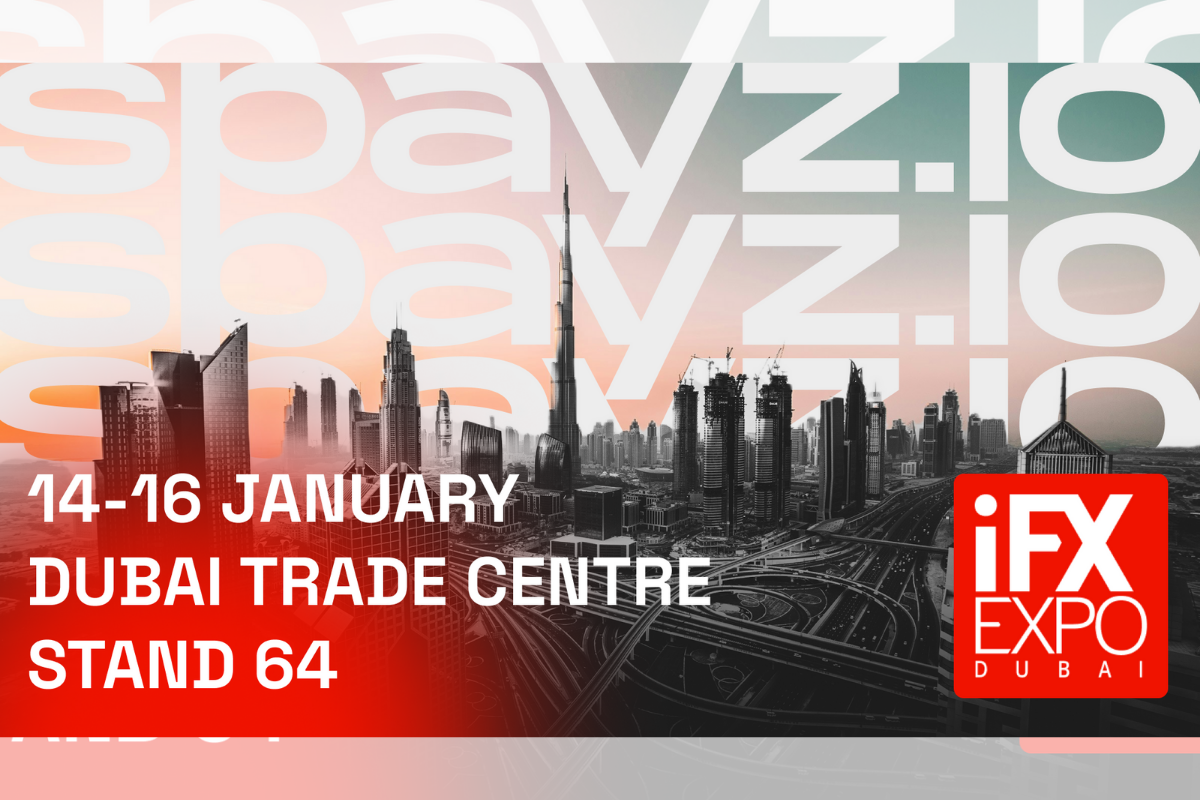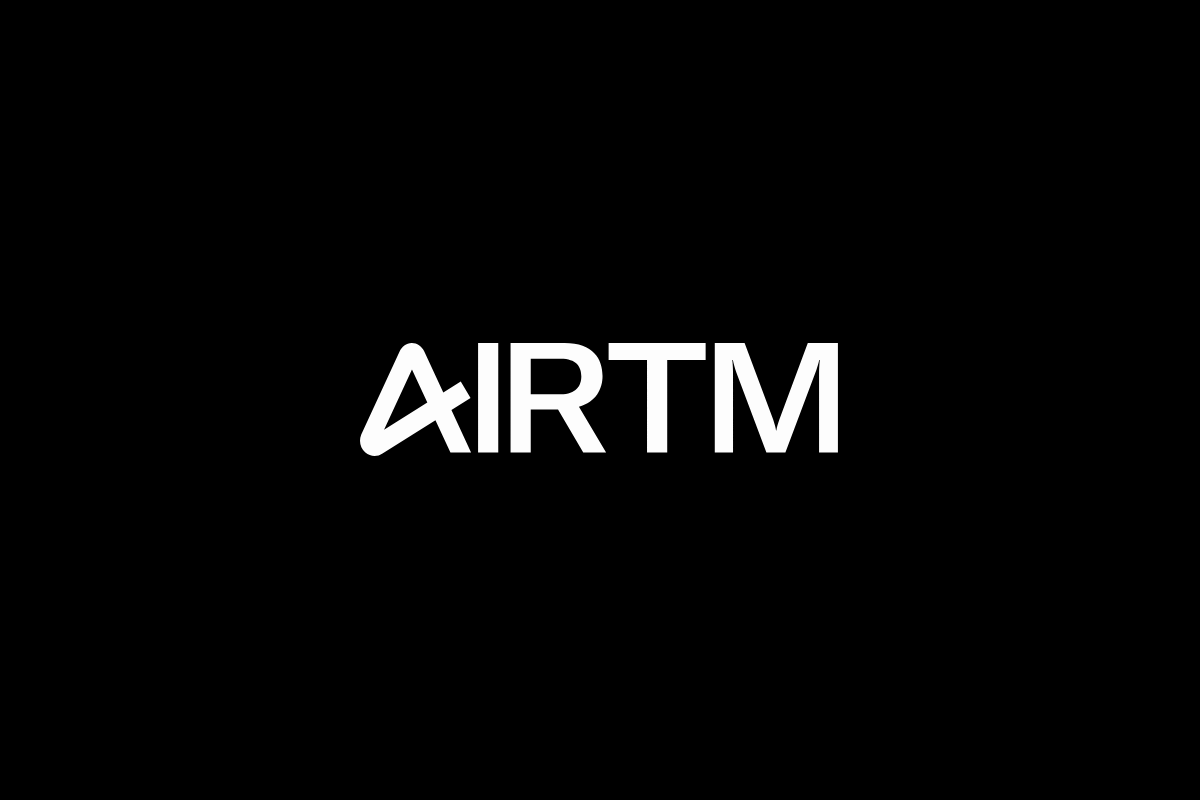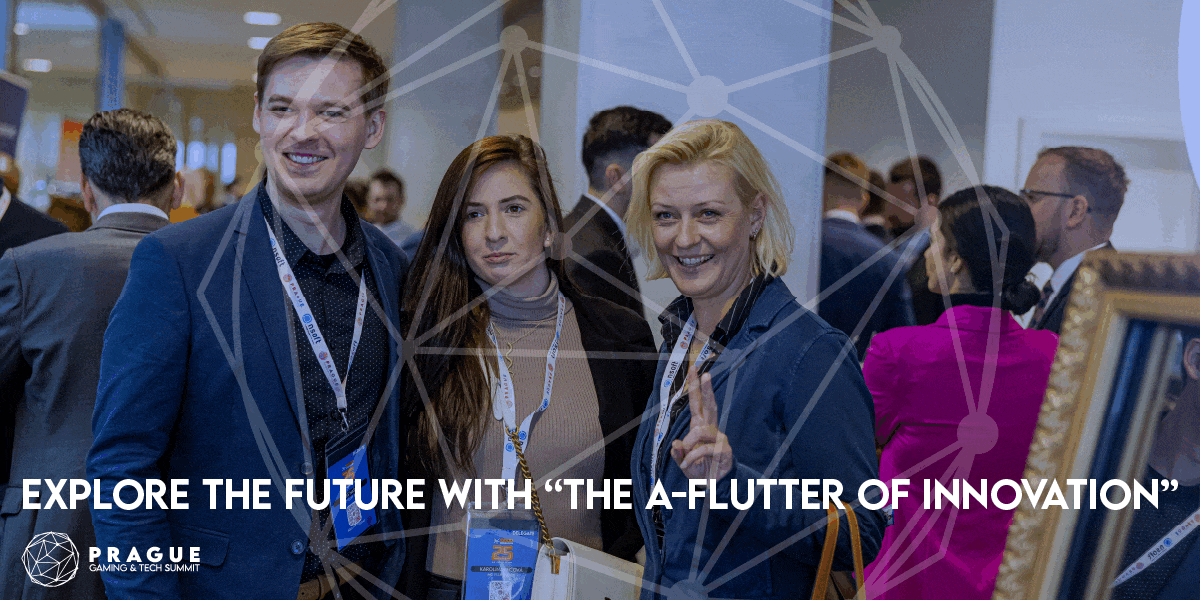Fintech
DLP Resources Announces Results of Drilling DD21-02 on the DD Property
Extensive thickness (168m) of Sullivan Horizon fragmentals intersected with 7.6m of Sullivan muds containing disseminated zinc
Cranbrook, British Columbia–(Newsfile Corp. – June 28, 2021) – DLP Resources Inc. (TSXV: DLP) (“DLP”) is pleased to announce drilling of Hole DD21-02 on the DD property, 40km SW of Cranbrook, BC, has been completed to a depth of 1901.6m (Figures 1, 2, 3 and 4). Extensive thickness (168m) of fragmentals, part of the Sullivan Horizon, were intersected from 1705m with abundant pyrrhotite with hydrothermal alteration of secondary biotite and sericite + chlorite visible throughout. Finely laminated Sullivan horizon siltstone/argillite was intersected at the base of the fragmentals from 1861.24m to top of Lower Aldridge banded siltstones at 1873.31m. A 7.6m interval of the Sullivan siltstones/argillites with fine grained disseminated sphalerite (Zn,Fe)S and wispy bands of pyrrhotite was observed from 1861.24m to 1873.31m. Within this section there was a 2.92m interval with 0.16% Zn and 0.06% Pb from 1861.26m to 1864.18m. The highest values in this interval were 0.27% Zn, 0.11% Pb and 2.5ppm Ag (see Table below).
Summary Table of Results for DD21-02
| Sample | From | To | Interval | Zn | Pb | Ag |
| No | m | m | m | ppm | ppm | ppm |
| C0011329 | 1861.26 | 1862.40 | 1.14 | 1223 | 496 | 0.7 |
| C0011330 | 1862.40 | 1863.24 | 0.84 | 2653 | 1106 | 2.5 |
| C0011332 | 1863.24 | 1864.18 | 0.94 | 1120 | 193 | <0.5 |
It is important to highlight that the 168m thickness of fragmentals and Sullivan muds with zinc mineralization at the base confirms that the vector towards the vent and possibly massive zinc mineralization is further to the NE. DD18-01-Ext drilled 1.3km SW of this hole intersected 126m of Sullivan Horizon sediments with no fragmentals and only trace zinc mineralization. It appears that with:
- increased thickness of the Sullivan Horizon towards the NE in DD21-02,
- confirmed NE-SW structural controls,
- increasing amounts of zinc mineralization,
- support of the MT (magnetotelluric) geophysical data indicating pyrrhotite as a possible source of the conductor in the 5000m x 500m trend (Figures 2 and 3) plus,
- the fact the historic drill hole IR07-01 drilled 2300m to the east, intersected ~149m of moderately to highly hydrothermally altered Sullivan sediments at 1365m with up to 0.5% Zn and up to 0.3% Pb;
favours ongoing targeting of drill holes within the 5km x 0.5km trend previously highlighted in press release of December 03, 2020.
These highly conductive anomalies, seen in the MT data, are possibly related to pyrrhotite (iron sulphide) which we know is a key indicator for targeting Sullivan-type Zn-Pb-Ag mineralization. When we look at the footprint of the Sullivan deposit it is clear we have a sizeable target area to host a significant mineralized system on the DD-Moby Dick and NZOU properties (Figure 4)
As mentioned in News Release December 3, 2020, drilling of PAN18-01-EX and relogging of historic holes Irish 05-01 and IR 07-01 still strongly supports the idea that the main conductive body of possible Sullivan-type Zn-Pb-Ag mineralization is between Pan 18-01-Ex, IR 07-01 and the Irish05-01 drill holes (Figures 1, 3 and 4).
Drilling of the next three targets along this trend will commence once the drilling at Hungry Creek, copper-cobalt target, is completed in August.
Ian Gendall, President of DLP commented: “We did intersect an extensive package of Sullivan-type fragmentals and Sullivan muds in DD21-02 that host significant finely disseminated zinc mineralization. This is similar to zinc mineralization found in the Sullivan horizon distal to the Sullivan orebody. The hydrothermal system responsible for the strong alteration once again seen at the Sullivan Horizon in DD21-02, extends to the NE of the DD property. As we had previously noted the vectoring towards the main Sullivan Zn-Pb-Ag target is along the 5.1km x 0.5 km trend of strong MT geophysical conductors previously reported in Press Release of December 03, 2020. We continue to be excited to extend drilling further NE along this SW-NE trend of favourable geology, structures and geophysical anomalies extending onto the Moby Dick and Nzou properties.”
The 190km2 Mobile MT (magnetotelluric) survey with Expert Geophysics over the Hungry Creek and Aldridge 1 Projects was completed on June 04. Preliminary results have been received and final data and interpretations are expected in early July. Drilling of two 400m holes on Hungry Creek is expected to begin in the latter part of July.
QA/QC
All core samples (NQ diameter) were cut with a diamond saw. One-half of the core was placed in numbered and sealed bags and sent via secure transport to MSA Laboratory in Langley, BC for sample preparation and analyses. Core samples were crushed down to 2 mm and a 250g split was pulverized to better than 85% passing 75µm. Gold analyses were conducted on 30g representative sample cuts using fire assay with an atomic absorption finish. Other sample cuts were subjected to a 4-acid digestion and analyzed for silver and an additional 47 elements using inductively coupled plasma mass spectrometry (ICP-MS). MSALabs is an ISO 9001 registered laboratory and has a quality control program in place which includes the insertion of standard, blank, and duplicate samples, as well as conducting repeat analyses.
DLP’s QA/QC program includes the insertion of standards and blank material into the sample sequence with the normal core samples to monitor sampling variances, laboratory precision and accuracy.
David L. Pighin, consulting geologist and co-founder of DLP Resources, is the qualified person (“QP”) of the Corporation as defined by National Instrument 43-101. Mr. Pighin has reviewed and approved the technical contents of this news release.
Figure 2: Titan MT resistivity section along Line 2N showing drill hole DD21-02
To view an enhanced version of Figure 2, please visit:
Figure 4: Simplified plan showing MT anomalies at 0m elevation on the DD-Moby Dick and NZOU Properties and DD21-01 and DD21-02 drill holes
To view an enhanced version of Figure 4, please visit:
https://orders.newsfilecorp.com/files/6456/88835_34995153f4daf877_005full.jpg
About DLP Resources Inc.
DLP Resources Inc. is a mineral exploration company operating in Southeastern British Columbia, exploring for Base Metals and Cobalt. DLP is listed on the TSX-V, trading symbol DLP. Please refer to our web site www.dlpresourcesinc.com for additional information.
FOR FURTHER INFORMATION PLEASE CONTACT: DLP Resources Inc.
Ian Gendall, President
Jim Stypula, Chief Executive Officer
Robin Sudo, Chief Financial Officer and Corporate Secretary
Telephone: 250-426-7808
Email: [email protected]
Email: [email protected]
Email: [email protected]
Neither the TSX Venture Exchange nor its Regulation Services Provider (as that term is defined in the policies of the TSX Venture Exchange) accepts responsibility for the adequacy or accuracy of this release.
Forward-Looking Information
This News Release contains forward-looking statements. Forward looking statements are statements which relate to future events. Forward-looking statements include, but are not limited to, statements with respect to exploration results, the success of exploration activities, mine development prospects, completion of economic assessments, and future gold production. In some cases, you can identify forward-looking statements by terminology such as “may”, “appears to”, “should”, “expects”, “plans”, “anticipates”, believes”, “estimates”, “predicts”, “potential”, or “continue” or the negative of these terms or other comparable terminology. These statements are only predictions and involve known and unknown risks, uncertainties and other factors that may cause our actual results, level of activity, performance or achievements to be materially different from any future results, levels of activity, performance, or achievements expressed or implied by these forward-looking-statements.
Although DLP has attempted to identify important factors that could cause actual actions, events or results to differ materially from those described in forward-looking statements, there may be other factors that cause actions, events or results not to be as anticipated, estimated or intended. There can be no assurance that forward-looking statements will prove to be accurate, as actual results and future events could differ materially from those anticipated in such statements. Accordingly, readers should not place undue reliance on forward-looking statements.
To view the source version of this press release, please visit https://www.newsfilecorp.com/release/88835
Fintech
Fintech Pulse: Your Daily Industry Brief (Chime, ZBD, MiCA)

As we close out 2024, the fintech industry continues to deliver headlines that underscore its dynamism and innovation. From IPO aspirations to groundbreaking regulatory milestones, today’s updates highlight the transformative power of fintech partnerships, regulatory evolution, and disruptive technologies. Here’s what you need to know.
Chime’s Quiet Step Toward Public Markets
Chime, the U.S.-based financial technology startup best known for its digital banking services, has taken a significant step by filing confidential paperwork for an initial public offering (IPO). As one of the most valuable private fintechs in the U.S., Chime’s move could potentially signal a renewed appetite for fintech IPOs in a market that has been cautious following fluctuating valuations across the tech sector.
With a valuation that reportedly exceeded $25 billion in its last funding round, Chime’s IPO could set a new benchmark for the industry. Observers note that its strong customer base and revenue growth may make it an appealing choice for investors seeking to capitalize on the digital banking boom. However, the timing and success of the IPO will depend on broader market conditions and the regulatory landscape.
Source: Bloomberg
ZBD’s Pioneering Achievement: EU MiCA License Approval
ZBD, a fintech company specializing in Bitcoin Lightning network solutions, has made history by becoming the first to secure an EU MiCA (Markets in Crypto-Assets Regulation) license. This landmark approval by the Dutch regulator positions ZBD at the forefront of compliant crypto-fintech operations in Europe.
MiCA, which aims to harmonize the regulatory framework for crypto-assets across the EU, has been a focal point for industry players aiming to establish legitimacy and expand their offerings. ZBD’s achievement not only validates its operational rigor but also sets a precedent for other fintech firms navigating the evolving regulatory landscape.
Industry insiders view this as a strategic advantage for ZBD as it broadens its footprint in Europe. By leveraging its regulatory approval, the company can accelerate its product deployment and establish trust with institutional and retail users alike.
Source: Coindesk, PR Newswire
The Fintech-Credit Union Synergy: A Blueprint for Innovation
The convergence of fintechs and credit unions continues to reshape the financial services ecosystem. Collaborative initiatives, such as the one highlighted in the recent partnership between fintech innovators and credit unions, are proving to be a potent force in delivering tailored financial solutions.
This “dream team” approach allows credit unions to leverage fintech’s technological expertise while maintaining their community-focused ethos. Key areas of collaboration include digital payments, personalized financial management tools, and enhanced loan processing capabilities. These partnerships not only enhance member engagement but also enable credit unions to remain competitive in an increasingly digital-first financial environment.
Industry analysts emphasize that such collaborations underscore a broader trend of traditional financial institutions embracing fintech-driven solutions to bridge service gaps and foster innovation.
Source: PYMNTS
Tackling Student Loan Debt: A Fintech’s Mission
Student loan debt remains a pressing issue for millions of Americans, and a Rochester-based fintech aims to offer relief through its cloud-based platform. This innovative solution is designed to simplify loan management and provide borrowers with actionable insights to reduce their debt burden.
The platform’s features include repayment optimization tools, personalized financial education, and seamless integration with loan servicers. By addressing the complexities of student loan management, this fintech is empowering borrowers to make informed decisions and achieve financial stability.
As the student loan crisis continues to evolve, solutions like this highlight the critical role fintech can play in addressing systemic financial challenges while fostering financial literacy and inclusion.
Source: RBJ
Industry Implications and Takeaways
Today’s updates underscore several key themes shaping the fintech landscape:
- Regulatory Milestones: ZBD’s MiCA license approval exemplifies the importance of regulatory compliance in unlocking growth opportunities.
- Strategic Partnerships: The collaboration between fintechs and credit unions demonstrates the value of combining technological innovation with traditional financial models to drive customer-centric solutions.
- Market Opportunities: Chime’s IPO move reflects a potential revival in fintech public offerings, signaling confidence in the sector’s long-term prospects.
- Social Impact: Fintech’s ability to tackle systemic issues, such as student loan debt, showcases its role as a force for positive change.
The post Fintech Pulse: Your Daily Industry Brief (Chime, ZBD, MiCA) appeared first on News, Events, Advertising Options.
Fintech
SPAYZ.io prepares for iFX EXPO Dubai 2025

Leading global payments platform SPAYZ.io has confirmed it will be attending iFX EXPO Dubai 2025 on 14 to 16 January. Exhibiting at Stand 64 at Trade Centre Dubai, SPAYZ.io’s team of professionals will be on hand providing live demonstrations of its renowned payment services for payment providers. Attendees will also receive exclusive insight into SPAYZ.io’s plans for 2025 alongside early early access to its upcoming plans for the new year.
SPAYZ.io delivers a host of payment solutions that leverage the latest technological innovations and open access to the fastest growing emerging markets across Africa, Europe and Asia. Over the past year, there has been huge demand for its Open Banking and local payment method services, alongside bank transfers, mass payouts, online banking and e-wallets.
Yana Thakurta, Head of Business Development at SPAYZ.io commented: “We look forward to once again participating at iFX Dubai to expand our network of partners and clients. It’s a fantastic way to kick off the year, connecting with thousands of industry leaders from FOREX platforms to trading companies, and everything in between.
“Our key goal for iFX Dubai EXPO 2025 is to expand our portfolio of solutions and geographies. We’re using this as an opportunity to partner with like-minded entities who share our ambition to provide payment solutions that are truly global.”
Come meet SPAYZ.io’s team at the Trade Centre Dubai at Stand 64. You can also book a meeting slot with a member of a team.
The post SPAYZ.io prepares for iFX EXPO Dubai 2025 appeared first on News, Events, Advertising Options.
Fintech
Airtm Enhances Its Board of Directors with Two Strategic Appointments

Airtm, the most connected digital dollar account in the world, is proud to announce the addition of two distinguished industry leaders to its Board of Directors: Rafael de la Vega, Global SVP of Partnerships at Auctane, and Shivani Siroya, CEO & Founder of Tala. These appointments reflect Airtm’s commitment to innovation and financial inclusion as the company enters its next phase of growth.
“We are thrilled to welcome Rafael and Shivani to Airtm’s Board of Directors,” said Ruben Galindo Steckel, Co-founder and CEO of Airtm. “Their unique perspectives and proven track records will be invaluable as we continue scaling our platform to empower individuals and businesses in emerging markets. Together, we’ll push the boundaries of financial inclusion and innovation to create a more connected and equitable global economy. Rafael and Shivani bring a wealth of experience and strategic insight that will strengthen Airtm’s mission to connect emerging economies with the global market.”
Rafael de la Vega, a seasoned leader in fintech global partnerships and technology innovation, is currently the Global SVP of Partnerships at Auctane. With a proven track record of delivering scalable, impactful solutions at the intersection of fintech, innovation, and commerce, Rafael’s expertise will be pivotal as Airtm continues to grow. “Airtm has built a platform that breaks down barriers and opens up opportunities for people in emerging economies to connect to global markets. I am excited to contribute to its growth and help further its mission of fostering financial inclusion on a global scale,” said Rafael.
Shivani Siroya, CEO and Founder of Tala, is a pioneer in financial technology, renowned for empowering underserved communities through access to credit and essential financial tools. Her leadership in leveraging data-driven innovation aligns seamlessly with Airtm’s vision of creating more equitable financial opportunities. “Empowering underserved communities has always been at the core of my work, and Airtm’s mission resonates deeply with me. I’m thrilled to join the Board and work alongside such a dynamic team to expand access to financial tools that truly make a difference in people’s lives,” said Shivani.
The post Airtm Enhances Its Board of Directors with Two Strategic Appointments appeared first on News, Events, Advertising Options.
-

 Fintech PR5 days ago
Fintech PR5 days agoGCL Energy Technology and Ant Digital Technologies Launch First Blockchain-Based RWA Project in Photovoltaic Industry
-

 Fintech PR5 days ago
Fintech PR5 days agoBybit Champions Web3 Innovation and Strengthens Ties with Asia’s Crypto Community at Taipei Blockchain Week
-

 Fintech PR4 days ago
Fintech PR4 days ago2025 Will See Increased QR Code Payments but Payment Card IC ASPs Will Not Return to Pre-Covid Levels
-

 Fintech PR6 days ago
Fintech PR6 days agoH.I.G. Realty Announces Strategic Partnership with Queen Mary BioEnterprises Innovation Centre in London
-

 Fintech PR5 days ago
Fintech PR5 days agoCKGSB Successfully Hosts 2024 MBA Professor Training Program for Western China
-

 Fintech PR2 days ago
Fintech PR2 days agoMarkets Show Resilience Ahead of End-of-Year Options Expirations: Bybit x Block Scholes Crypto Derivatives Report
-

 Fintech PR3 days ago
Fintech PR3 days agoSinopec Completes Construction of China’s Largest Petrochemical Industrial Base
-

 Fintech PR2 days ago
Fintech PR2 days ago2024 Global Youth Design Contest on Chinese Characters Themed “Guiyang in Characters” Successfully Concluded
















